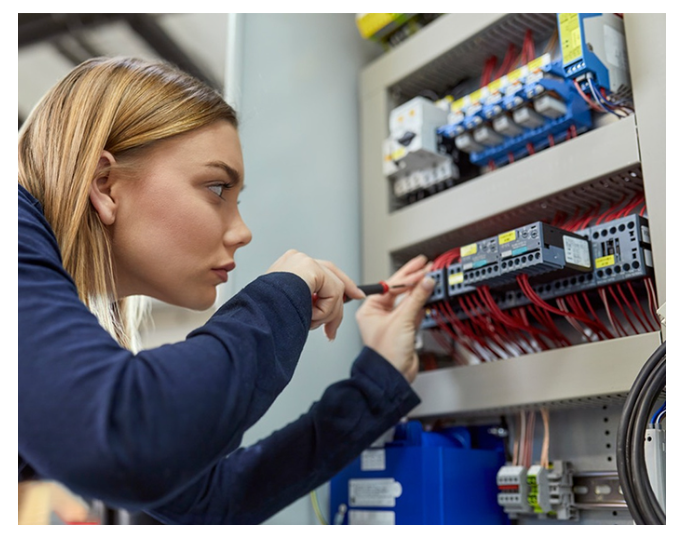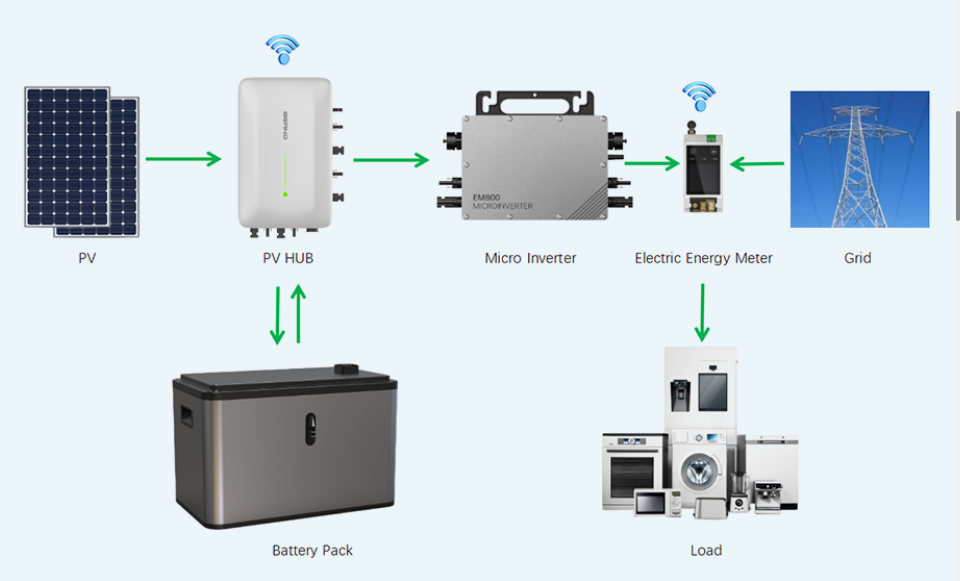As the world continues to transition toward renewable energy, balcony solar systems have become an increasingly popular solution for urban dwellers looking to harness the power of the sun without the need for large rooftop installations. These compact solar systems are ideal for apartments, balconies, and small spaces, allowing homeowners to reduce energy bills, contribute to sustainability, and even gain some independence from the grid.
However, a common question for potential buyers remains: Is installing a balcony solar system worth the investment?
1. Initial Costs: How Much Does It Cost to Install a Balcony Solar System?
The upfront cost of a balcony solar system varies depending on several factors, including the size of the system, the brand, the quality of components, and the location. On average, balcony solar systems range from $200 to $1,500 for a complete kit, but this can go higher for larger setups or advanced systems.
Key Components That Impact the Cost:
| Solar Panels: The cost of solar panels can make up a large portion of the total expense. High-efficiency panels, such as monocrystalline panels, may cost more but produce more power per square meter. A typical small balcony solar system will include 1-4 panels, with prices ranging from $100 to $400 per panel. |
| Inverters: The inverter is a key part of any solar system as it converts the DC electricity generated by the panels into AC electricity, which can be used to power your home or devices. Inverters can range from $100 to $500 depending on the quality and features. |
| Mounting System: For a balcony solar system, you'll need a reliable mounting system to ensure that the panels are securely positioned. This can cost anywhere from $50 to $200. |
| Batteries (Optional): If you want to store excess energy generated by the panels for use at night or on cloudy days, you’ll need a battery storage system. The cost of a battery depends on the storage capacity, typically ranging from $300 to $1,000. |
| Wiring and Accessories: Additional costs include wiring, junction boxes, and connectors, which can range from $50 to $100. |
2. Factors That Affect the Overall Cost
Several factors can influence the total cost of your balcony solar system installation. Here are the most important ones to consider:
System Size and Power Needs
The size of the system you need is directly related to your energy consumption and the available space on your balcony. A smaller system with 1-2 panels will cost significantly less than a larger system with 3-4 panels. Smaller systems are suitable for offsetting a portion of your electricity bill, while larger systems may provide greater savings over time.
Panel Efficiency and Brand
Higher-efficiency solar panels tend to cost more upfront but may be worth the investment in the long run due to their higher energy output. Premium brands that offer high-efficiency monocrystalline panels often have higher costs, while budget-friendly polycrystalline panels may have a lower initial price but are less efficient.
Installation Costs
While some balcony solar systems are designed for DIY installation, others may require professional installation, particularly for larger systems or those requiring complex wiring or battery integration. Professional installation can add between $200 and $500 to the total cost, depending on your location and the complexity of the installation.

DIY Kits: Many balcony solar systems come with easy-to-follow instructions for DIY installation, which can significantly reduce installation costs. If you're comfortable with basic electrical work and have a few tools, installing the system yourself is a cost-effective option.
Professional Installation: If you're unsure about installation or prefer a hassle-free experience, you can hire a professional. While it’s more expensive, the benefit is peace of mind knowing your system has been set up correctly.
Geographic Location and Incentives
The cost of solar systems can vary based on location due to regional differences in panel pricing, labor costs, and regulations. Additionally, government rebates, tax incentives, and solar energy grants can significantly offset the cost. For example, in the U.S., the Federal Solar Tax Credit (ITC) offers up to 26% off the total installation cost of solar systems, including balcony solar systems.
Local Incentives: Many states, municipalities, and utility companies also offer incentives such as net metering or solar rebates to encourage solar adoption. This can lower the initial cost and improve the financial viability of installing a balcony solar system.
3. Long-Term Savings: How Much Can You Save With a Balcony Solar System?
While the initial investment for a balcony solar system can seem daunting, the long-term savings can be substantial. The savings you realize will depend on several factors, including your energy usage, the efficiency of the system, and local electricity rates.
Reduced Electricity Bills
By generating your own solar power, you can reduce or even eliminate your electricity bill. For a typical balcony solar system (with 1-4 solar panels), you can expect to save anywhere from $100 to $500 annually depending on your energy consumption and local electricity rates.
Smaller Systems: For small apartments or minimal energy use, balcony solar systems can help cover a portion of your energy needs, reducing your monthly electricity bills.
Larger Systems: For those with higher energy usage or larger systems, you may see a more significant reduction in your electricity bill, potentially saving hundreds of dollars per year.
Return on Investment (ROI)
The ROI on balcony solar systems typically ranges from 5 to 10 years, depending on factors like energy savings, installation costs, and available incentives. After the system pays for itself, the solar power generated is essentially free, providing long-term benefits without ongoing costs (apart from occasional maintenance).
Cost of Ownership vs. Savings: While the upfront cost of balcony solar systems can be high, the ROI becomes more favorable over time as you save on electricity bills, particularly if you have access to tax incentives or rebates.
4. Is It Worth the Investment?
The answer to this question depends on several factors, including your energy needs, the cost of installation, and your long-term goals. However, here are some key points to consider:
Advantages of Installing a Balcony Solar System
| Reduced Energy Bills: You can significantly lower your electricity costs, especially if your system is large enough to cover most or all of your energy usage. |
| Eco-Friendly Investment: Solar power is a renewable, clean energy source that reduces your carbon footprint, helping the environment while saving money. |
| Energy Independence: By generating your own solar power, you’re less reliant on the grid, making your energy use more self-sufficient. |
| Increased Property Value: Homes with solar installations often see an increase in property value, which could benefit you in the long run. |
Challenges to Consider
· Upfront Cost: While there are incentives and rebates available, the initial cost of the system can be a barrier for some homeowners.
· Space Constraints: Balcony solar systems are typically suited for smaller energy needs, and may not fully cover the electricity requirements of larger homes or businesses.
Conclusion
Balcony solar systems can be a smart investment, particularly for urban dwellers who have limited space but still want to benefit from renewable energy. Although the initial cost can vary depending on system size, installation, and location, the long-term savings on energy bills, environmental benefits, and potential increase in property value make these systems worth considering.
If you' re ready to make the switch to solar power, be sure to evaluate your energy needs, look for available incentives, and choose a solar power charge controller and panel system that fits your budget. While the upfront cost may seem significant, the return on investment over time can offer great financial benefits, making balcony solar systems an excellent option for sustainable living.



